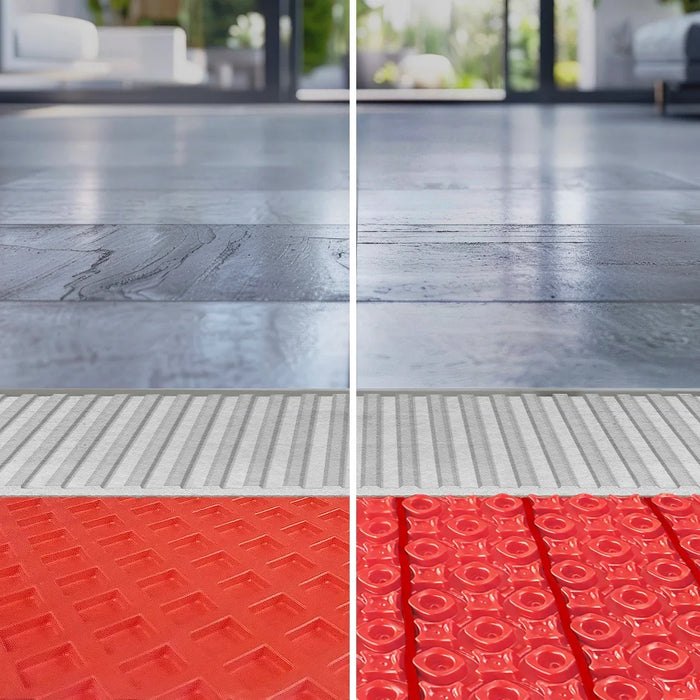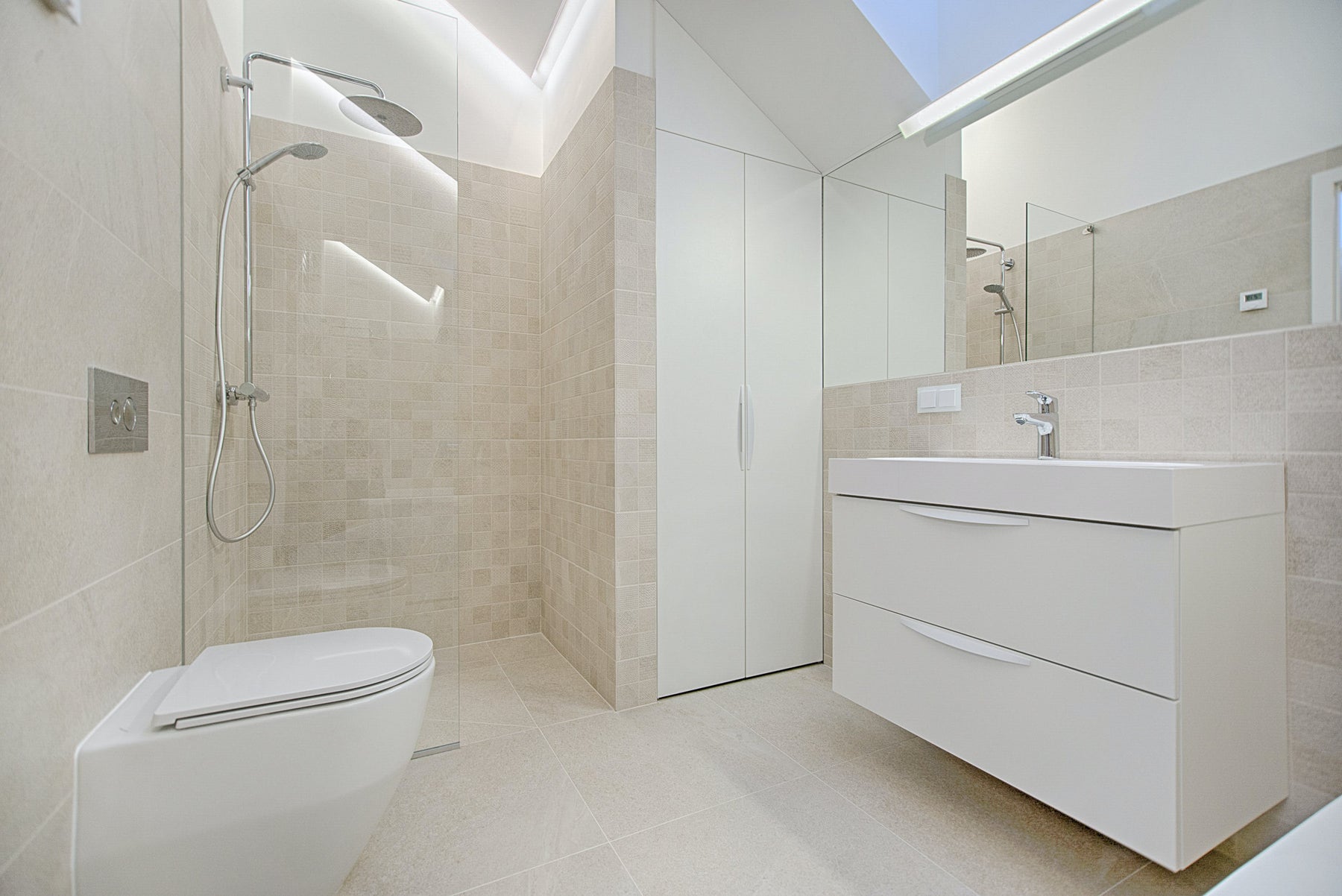
(502) 783-7995
(502) 783-7995


Embarking on a bathroom remodel presents an excellent opportunity to enhance both the aesthetic appeal and functionality of your space. Among the various upgrades available, installing electric floor heating mats stands out as a luxurious and efficient solution.
This article aims to provide a comprehensive guide on everything you need to know about incorporating radiant floor heating in bathroom remodels.
Electric radiant underfloor heating mats offer unparalleled comfort by providing a consistent and even warmth across the entire floor surface. Say goodbye to cold tiles underfoot during chilly mornings.
These systems are known for their energy efficiency, as they directly heat the floor, distributing warmth evenly and reducing the need for additional heating sources. This can result in energy savings over time.
Electric underfloor heating mats are discreetly installed beneath the flooring, eliminating the need for bulky radiators or vents. This space-saving design allows for more flexible and aesthetically pleasing bathroom layouts.
Compared to hydronic heating systems, electric radiant underfloor heating mats are relatively easy to install, making them a popular choice for bathroom remodels. They can be placed directly under various types of flooring, including tiles, laminate, and engineered wood.
Before purchasing heating mats, carefully measure the bathroom space to ensure you acquire the correct size. Plan the layout of the mats, considering areas with higher traffic or where you often stand.
Ensure the subfloor is clean, dry, and level before installation. Repair any damage, and if necessary, apply a suitable primer to improve the mat's adhesion.
Roll out the electric heating mats according to your planned layout. Most mats are designed to be thin and flexible, making them easy to manoeuvre and fit into irregular spaces.
Lay the mat adhesive side down, or when required, use the double-sided tape to secure the mats to the subfloor. Make sure to follow the manufacturer's guidelines for spacing and overlap. The mesh can be cut to allow for custom layouts, however, the heating wire must not be cut or shortened.
Once the mats are covered with a SLU, install the chosen flooring material on top. It helps to choose a flooring type that conducts and retains heat well to maximize the efficiency of the system.
Follow the provided instructions to connect the heating mats to the thermostat and power supply. Most systems use a dedicated floor heating thermostat for precise temperature control.
Before completing the remodel, perform a thorough test using a multi-meter and insulation tester. Ensure that each mat is within factory specs, and that the thermostat setup is complete. Allow for SLU and thinset to cure, do not energize the system prior to completion.

Electric radiant underfloor heating mats offer a luxurious and efficient solution for achieving warmth and comfort in your bathroom remodel. By carefully planning, measuring, and following the installation steps, you can seamlessly integrate this technology into your space, creating a cozy and inviting environment for years to come.
As you embark on your bathroom renovation journey, consider the long-term benefits of electric underfloor heating and relish in the warmth and comfort it brings to your daily routine.

Our under floor heating experts will work on the design and layout of your project, for free!